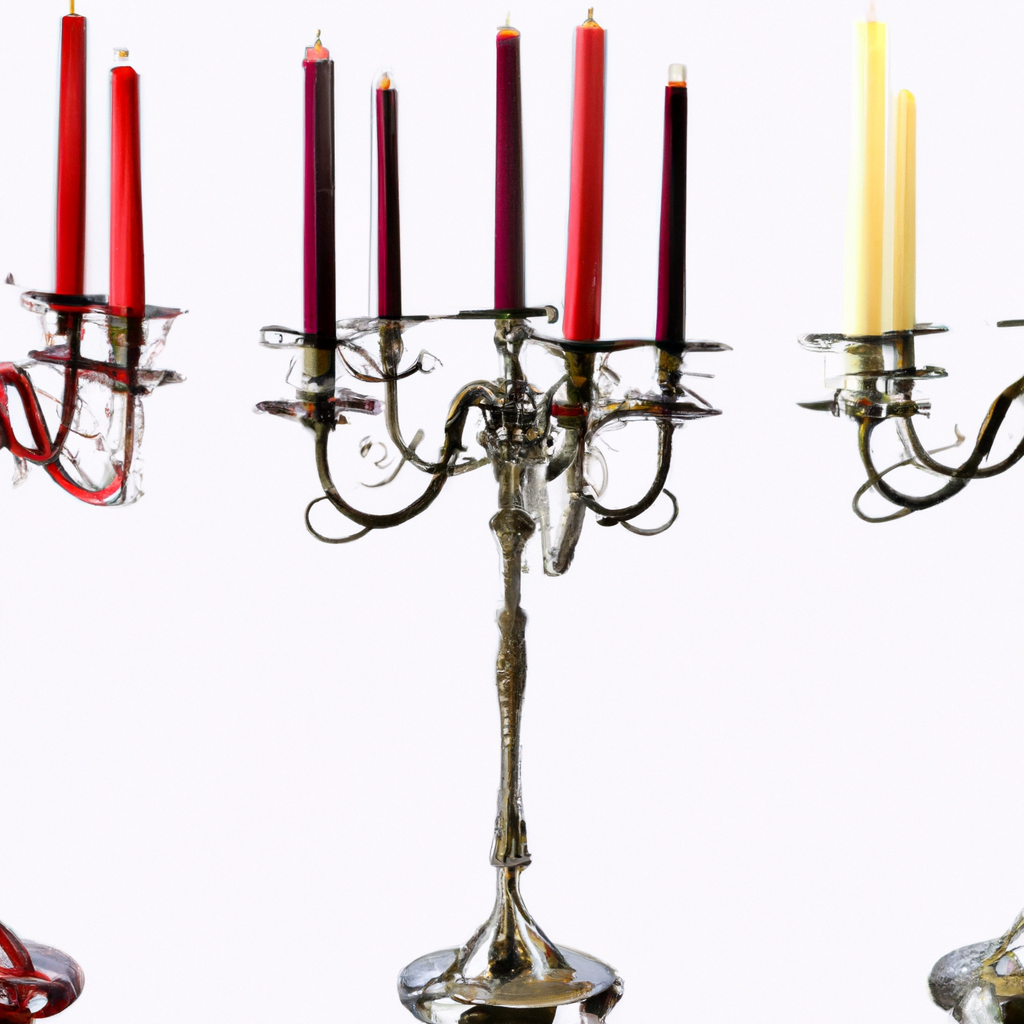Advanced Candlestick Patterns: Unleashing the Power of Technical Analysis
Introduction
Candlestick patterns have been used for centuries by traders to predict market movements and make informed trading decisions. These patterns provide valuable insights into the psychology of market participants and can indicate potential reversals or continuations in price trends. While basic candlestick patterns are widely known, advanced candlestick patterns offer traders a deeper understanding of market dynamics. In this article, we will explore some of these advanced candlestick patterns and how they can be effectively used in technical analysis.
1. Three Inside Up/Down
The Three Inside Up/Down pattern is a powerful reversal pattern that signals a potential trend change. It consists of three candles, with the second candle completely engulfing the body of the first candle in the opposite direction. The third candle then confirms the reversal by closing higher (in the case of Three Inside Up) or lower (in the case of Three Inside Down) than the second candle. Traders often use this pattern to identify buy or sell opportunities at the end of a downtrend or uptrend, respectively.
2. Evening/Morning Star
The Evening Star pattern is a bearish reversal pattern that appears at the end of an uptrend, while the Morning Star pattern is its bullish counterpart, signaling a potential trend reversal at the end of a downtrend. Both patterns consist of three candles, with the middle candle having a small body and a gap on either side. This gap represents a shift in market sentiment, and the third candle confirms the reversal by closing below (Evening Star) or above (Morning Star) the middle candle. Traders often consider these patterns as strong indicators of trend reversals.
3. Bullish/Bearish Harami
The Bullish Harami pattern is a bullish reversal pattern that occurs after a downtrend, while the Bearish Harami pattern is a bearish reversal pattern that appears after an uptrend. The pattern consists of two candles, with the first candle having a larger body and the second candle being contained within the body of the first candle. The second candle’s body represents indecision in the market, and the pattern suggests a potential trend reversal. Traders often use this pattern to identify potential entry points for long or short positions.
4. Dark Cloud Cover/Piercing Line
The Dark Cloud Cover pattern is a bearish reversal pattern that occurs after an uptrend, while the Piercing Line pattern is a bullish reversal pattern that appears after a downtrend. In the Dark Cloud Cover pattern, the first candle is a strong bullish candle, followed by a second candle that opens higher but closes below the midpoint of the first candle. This suggests a potential trend reversal. Conversely, the Piercing Line pattern consists of a strong bearish candle followed by a second candle that opens lower but closes above the midpoint of the first candle. Traders often use these patterns to anticipate trend reversals.
5. Tweezer Tops/Bottoms
The Tweezer Tops pattern occurs at the end of an uptrend and consists of two candles with identical highs, forming a resistance level. This pattern suggests a potential reversal in the market. Conversely, the Tweezer Bottoms pattern appears at the end of a downtrend and consists of two candles with identical lows, forming a support level. This pattern suggests a potential trend reversal. Traders often use these patterns to identify areas of price exhaustion and potential reversal zones.
Conclusion
Advanced candlestick patterns provide traders with a deeper understanding of market dynamics and can significantly enhance their technical analysis. By recognizing these patterns and understanding their implications, traders can make more informed trading decisions and increase their chances of success. However, it is important to remember that candlestick patterns should not be used in isolation and should be combined with other technical indicators and analysis methods for a comprehensive trading strategy.
